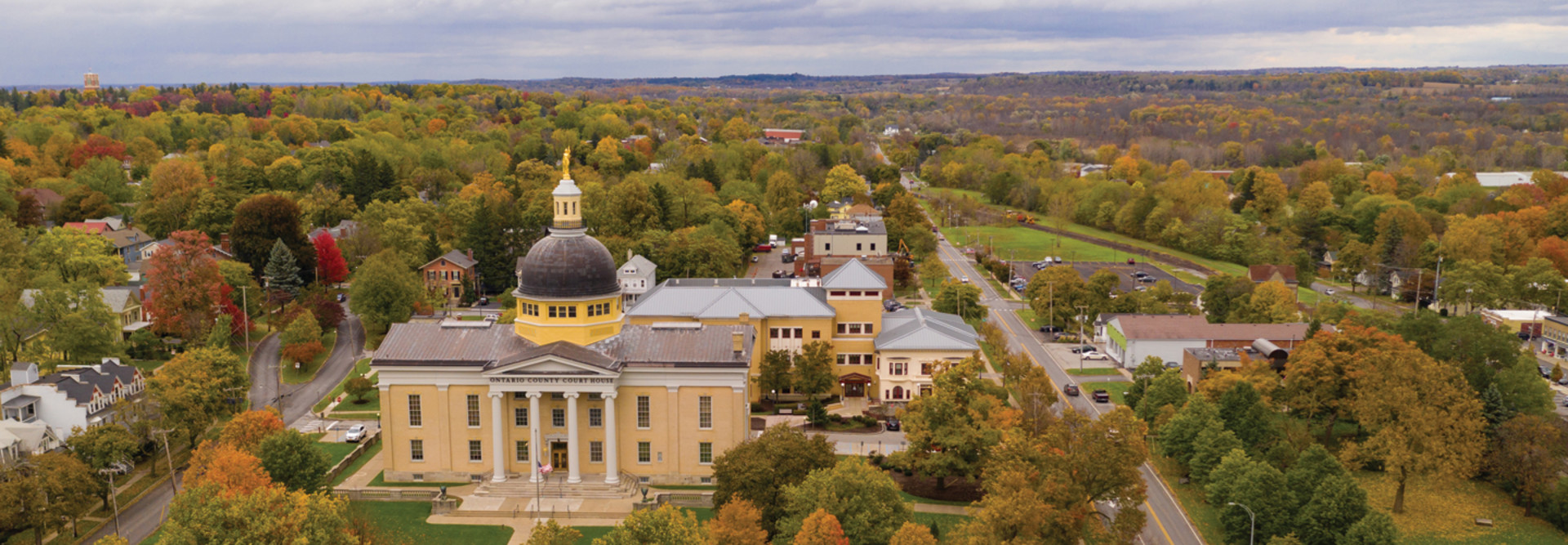How IoT Network Could Benefit Communities Across New York
Zhang tells Smart Cities Dive the network could help drive efficiencies in sectors such as agriculture, building management and traffic monitoring. However, the main point of the project is to expand access to the internet for New York residents.
The public LPWAN network will focus on long-range, low-power and low-bandwidth applications. For example, the Cornell Chronicle reports, that could include utility companies reading meters from a distance, government agencies observing traffic remotely and farmers using crop or livestock sensors in fields or barns.
Local governments can use the network to develop real-time road and flood monitoring via sensors to protect civic infrastructure, providing vital real-time information via networked connections.
That could be especially useful in rural areas with poor cellular connections and limited broadband access.
“Lack of access to networked technology contributes to social, educational, informational and economic disparities,” Lee Humphreys, an associate professor of communication in Cornell’s College of Agriculture and Life Sciences, tells the Cornell Chronicle. “An Internet of Things contributes to greater social and economic opportunities, such as for young students to complete school assignments based on web information or for households to pay bills electronically.”
In 2019, the CCE of Tompkins County in New York set up a pilot, proof-of-concept IoT network and became the first community in the U.S. to provide its residents with free IoT access, Ken Schlather, executive director of that CCE, tells the Cornell Chronicle.
The program resulted in energy cost savings of between 15 and 30 percent for the IoT-enabled commercial buildings involved in the pilot.
Schlather will coordinate community engagement with every New York county, and the grant money will be used to scale up the state’s municipal networks.
MORE FROM STATETECH: Find out how smart cities are deploying edge computing.











